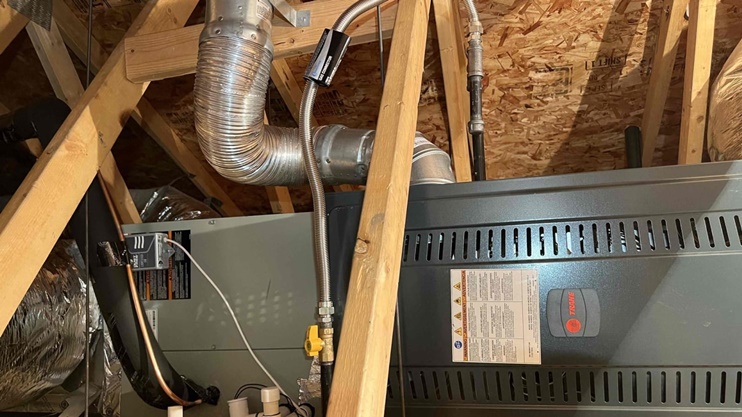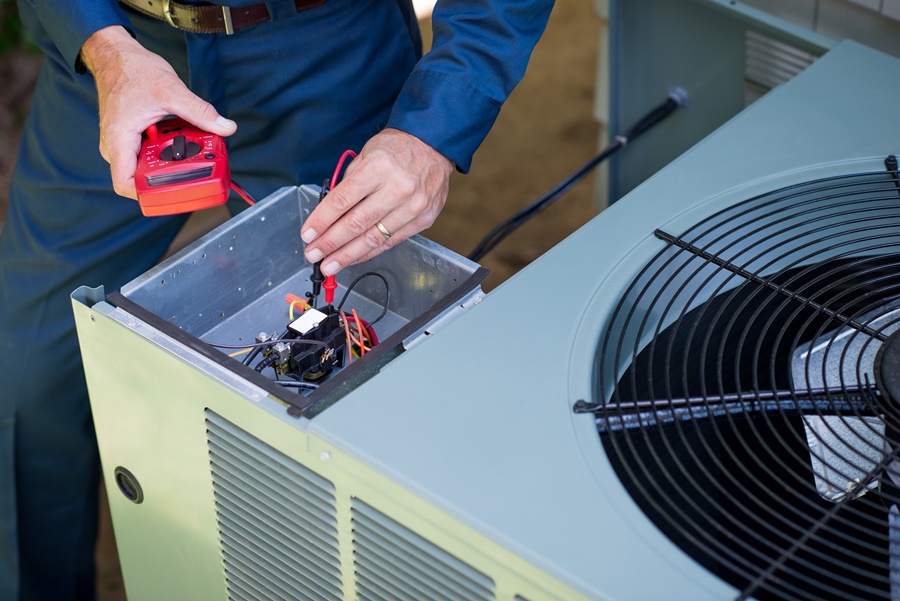Replacing an HVAC system is a significant decision for homeowners and businesses alike. Whether your old HVAC system is failing or you’re looking to upgrade for efficiency and comfort, understanding how long the replacement process takes is crucial. The timeline can vary based on multiple factors, including the size of the system, the complexity of the installation, and the condition of the existing infrastructure. In this article, we will explore the various elements that affect the duration of HVAC system replacement and provide you with a comprehensive understanding of the process.

Factors That Affect the Time It Takes to Replace an HVAC System
Replacing an HVAC system is not a one-size-fits-all project. There are numerous factors that influence how long it will take. Here are the key factors that you need to consider:
1. Type and Size of HVAC System
The type of HVAC system being installed plays a significant role in the overall time of replacement. Standard residential systems, such as central air conditioning and heating systems, may take less time compared to more complex setups like multi-zone systems or commercial HVAC units.
For example, replacing a standard single-zone HVAC system typically takes around 1-3 days, depending on the size of the property. In contrast, multi-zone systems or ductless mini-split systems may require additional time for proper installation, testing, and configuration.
Additionally, larger properties or commercial buildings may need more time due to the complexity of the ductwork and the size of the equipment involved.
2. Installation Complexity
The complexity of the installation is another crucial factor in determining how long the replacement process will take. If your home has an existing duct system that is compatible with the new HVAC system, the replacement process may be quicker.
However, if the ductwork needs to be replaced or updated, this can add extra time to the project. Some systems may require modifications to the existing ductwork, electrical wiring, and piping, especially if you’re upgrading to a more energy-efficient system. These additional steps can extend the timeline by a few days.
Moreover, HVAC systems that require custom installations, such as geothermal heating or solar-powered systems, typically take longer because of the specialized equipment and expertise involved.
3. Permits and Inspections
Before replacing an HVAC system, local municipalities often require permits, especially if there are significant changes to the system or structure. These permits may involve electrical, mechanical, or plumbing inspections, all of which can delay the timeline for replacement.
The process of acquiring permits can take anywhere from a few days to a couple of weeks, depending on the region and the scope of the work. Once the system is installed, the inspection process may add another day or two to ensure everything meets the required safety standards and building codes.
4. The Condition of the Existing System and Infrastructure
If the existing HVAC system is old or significantly damaged, it may take longer to remove and dispose of it. In some cases, the removal process might involve disconnecting power supplies, draining refrigerants, and dismantling bulky equipment. Additionally, if the system has been poorly maintained, there could be hidden issues that need to be addressed before installation can proceed.
If your home requires additional work to accommodate the new HVAC system, such as repairing insulation, addressing airflow problems, or installing new electrical circuits, this can further extend the project timeline.
5. Availability of Equipment and Technicians
The availability of the HVAC unit itself can also impact how long the replacement process takes. Some systems may need to be specially ordered, and delivery delays could push back the start of installation. If the system you’ve chosen is out of stock or requires custom manufacturing, you may face delays of a few days to several weeks.
Similarly, the availability of skilled technicians plays a vital role in how quickly the installation can be completed. HVAC technicians are often in high demand, especially during peak seasons like summer and winter. Scheduling a time for the installation could take longer if the technician’s calendar is already full.
Typical Timeline for HVAC System Replacement
While the factors mentioned above can vary, here is a general breakdown of the typical timeline for replacing an HVAC system:
1. Pre-Installation (1-2 Days)
Before installation begins, an HVAC professional will usually conduct an assessment of your home or business to determine the right system for your needs. This process can take a day or two and may include evaluating the square footage, insulation, ductwork, and energy requirements. In some cases, this stage might involve removing the old unit and preparing the space for the new system.
2. System Installation (1-3 Days)
The installation of the new HVAC system itself typically takes 1 to 3 days, depending on the system’s complexity and size. This phase includes setting up the outdoor and indoor units, connecting the electrical components, and ensuring the system is properly integrated with your existing infrastructure. If ductwork replacement is necessary, this phase may take longer, as the HVAC professionals will need to ensure that the duct system is correctly sized and sealed.
3. Testing and Commissioning (1 Day)
Once the HVAC system is installed, it must undergo a thorough testing process. This ensures that all components are functioning correctly, the system is heating or cooling efficiently, and there are no leaks or issues with airflow. Testing and commissioning typically take half a day to a full day depending on the complexity of the system.
4. Final Inspection (1 Day)
Finally, your HVAC installation will need to pass a final inspection to ensure compliance with local building codes and safety regulations. This inspection may be scheduled a day or two after the installation is complete, depending on local requirements and the availability of inspectors.
Why You Should Not Rush HVAC Replacement
While it may seem like a time-consuming process, rushing the HVAC replacement can lead to costly mistakes. Proper installation is essential for the system’s performance and longevity. Skipping steps such as testing or inspection can result in inefficiencies, higher energy bills, and potential breakdowns in the future.
It’s also important to give your HVAC technician time to do a thorough job, especially if ductwork, electrical wiring, or other infrastructure needs to be updated or replaced. A well-installed system will function optimally for years, providing comfort and efficiency in your home or business.
Conclusion
Replacing an HVAC system is a significant investment in your home or business, and the timeline for replacement can vary widely depending on several factors. On average, you can expect the process to take 2 to 5 days, but this will depend on the complexity of the system, the existing infrastructure, and the availability of materials and professionals.
